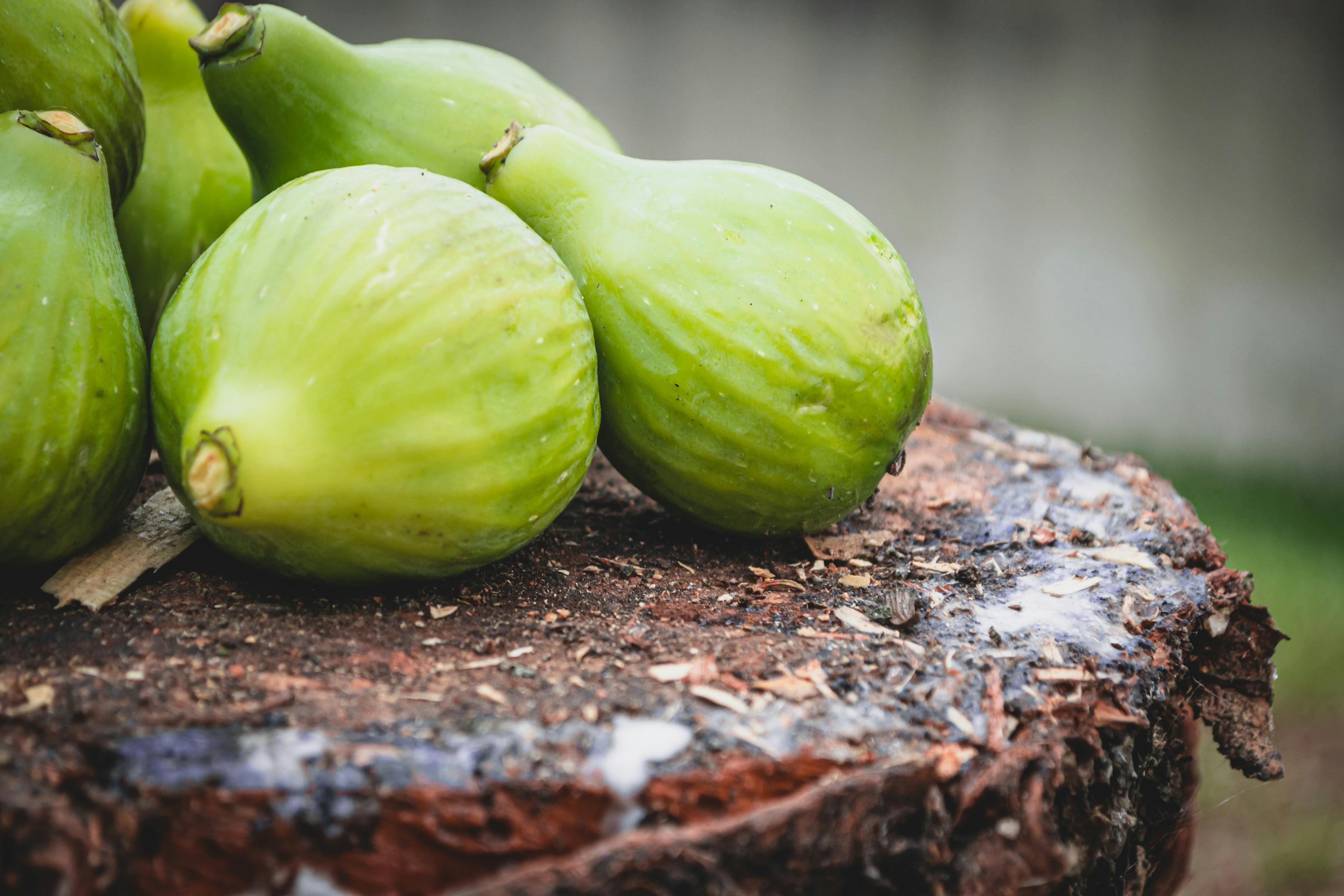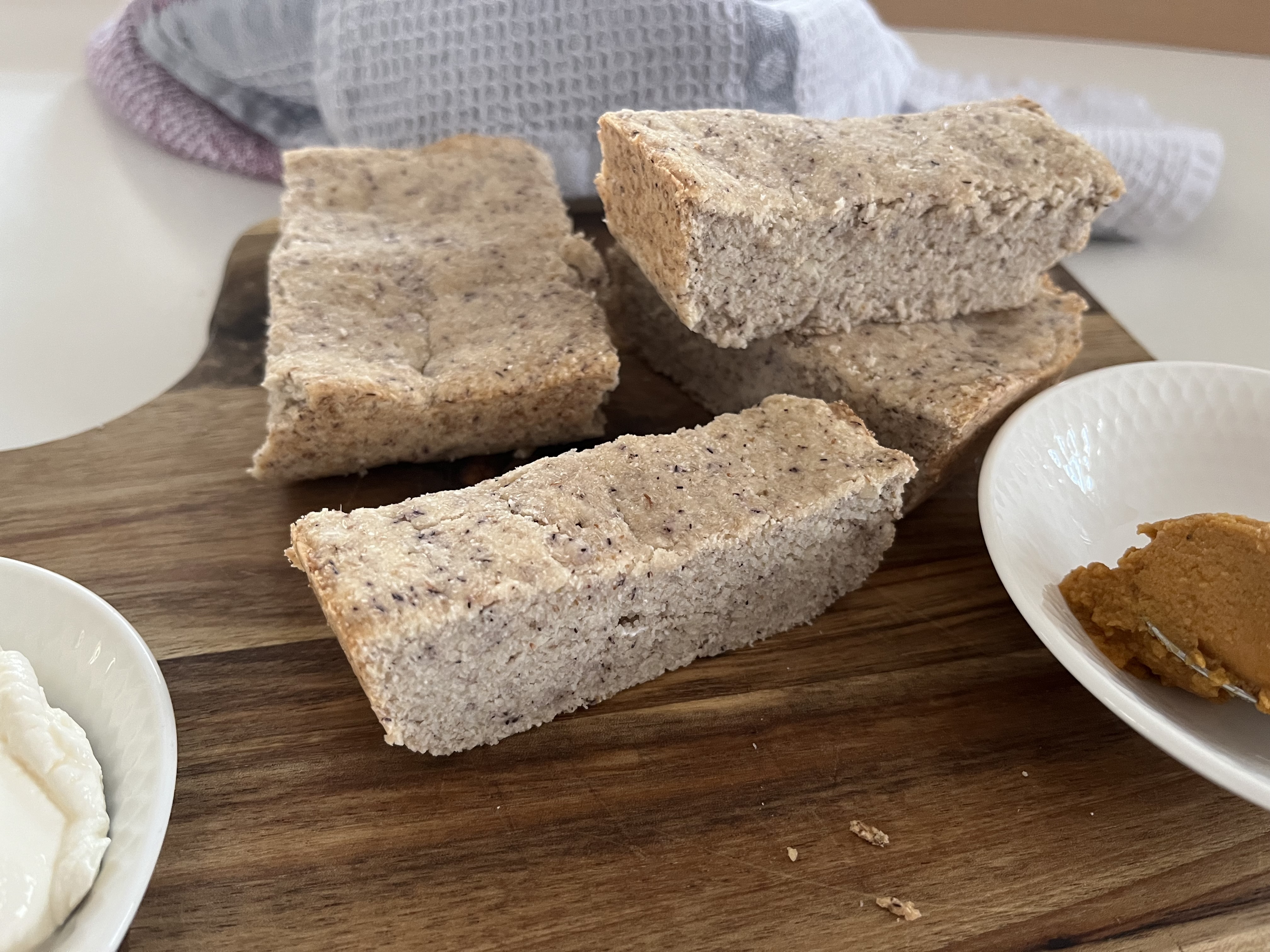 |
Nature’s Dessert Cookbook: Healthy, Delicious & Naturally Sweet Recipes Don’t want or can’t tolerate sugar alcohols and artificial sweeteners? This cookbook is for you! Every dessert is naturally sweetened with whole ingredients rich in fiber and protein, slowing sugar absorption and making them diabetic-friendly. It gathers your favorite recipes from the website—plus brand-new ones—all in one convenient place. Indulge in truly natural treats without compromise! |
 |
Diabetic Baked Goods: Everyday Bakes for Every Meal Diabetic cookbook designed to make healthy baking simple, accessible, and enjoyable. This collection of low-carb, high-fiber, and protein-rich recipes provides a reliable solution for those looking to enjoy diabetic bread and baked goods without blood sugar spikes. Every recipe includes a video tutorial, making it even easier to follow along and bake with confidence! |
 |
What Makes This Cookbook Different?
|
Stevia Sweetener: A Balanced Approach to Sweet Treats
Stevia sweetener1, derived from the leaves of the Stevia rebaudiana plant, has become a popular choice among those looking for natural sugar alternatives, particularly for people managing diabetes.
From reducing blood sugar spikes to offering a zero-calorie sweetness, stevia has numerous benefits that make it a compelling option for home-baked desserts.
My Journey with Stevia Sweetener
My journey with stevia began when my son was diagnosed with diabetes. I was determined to find the best and healthiest sugar substitutes to keep his sweet tooth satisfied without compromising his health.
I tried powdered stevia sweetener but stevia drops quickly became one of those "must-have" items in the kitchen. It turns out that stevia drops can be used for a variety of purposes, from making desserts and salad dressings to preparing lemonade. Even if it's not used daily or frequently, it's proven to be handy to have around in the kitchen.
Incorporating Stevia into Baking
When baking for my family, I often incorporate stevia alongside other natural sweeteners like honey or coconut sugar. This strategy allows me to control the overall sweetness and reduce the amount of higher-GI, higher-calorie ingredients. By partially substituting stevia, I create desserts with improved nutritional value without compromising on taste. This ensures delicious and diabetic-friendly treats everyone can enjoy.

It's important to be cautious with the amount of stevia used in baking. Due to its intense sweetness, too much stevia can lead to a bitter aftertaste. I always measure stevia carefully, ensuring it complements rather than dominates the flavor profile of our desserts.
Stevia has proven to be especially practical because it can almost always be added later if a dessert or one of its components lacks sweetness. Just a few drops of stevia can really make a difference.
Stevia’s versatility extends beyond just desserts. We use it in beverages, such as iced tea and homemade lemonade, ensuring that even our drinks are diabetic-friendly and free from the sugar-induced highs and lows.
I use it when I prepare jam or fruit jelly, which I often use in my desserts, if they lack sweetness.
The Advantages of Choosing Stevia
One of the most compelling aspects of stevia sweetener is its zero caloric content. Unlike traditional sugar that adds empty calories, stevia allows us to enjoy sweet flavors without the added caloric burden. This makes it easier to manage weight, which is crucial for maintaining a healthy lifestyle, especially for those with diabetes.
According to scientific research, stevia does not affect blood glucose levels, making it a safe option for people with diabetes. Studies show that steviol glycosides pass through the body without being absorbed, thus having no impact on blood sugar levels.
Adding stevia to desserts has been an exciting adventure. Stevia sweetener is 200-300 times sweeter than sucrose, meaning only a small amount is needed to achieve the desired sweetness. This is particularly useful in ensuring that the taste of the dessert is not overpowered by the sweetener itself.
Stevia's Versatility Beyond Desserts
Beyond the kitchen, using stevia aligns with our broader health goals. With its natural origins, stevia sweetener is free from artificial chemicals and is often praised for its purity and health benefits. This makes it a favorable choice among other sugar substitutes.
Organic stevia options are also available, offering an additional layer of health benefits by ensuring the sweetener is free from pesticides and other harmful chemicals. This is especially important for mothers who want to provide the healthiest options for their families.
One of the intangible benefits of using stevia in my family’s diet is the sense of reassurance. Knowing that dessert time does not come with the guilt of high sugar consumption adds an extra layer of enjoyment and peace of mind.
Moderation and Practical Tips
However, like any good thing, moderation is key. Even though stevia is considered a safe sweetener, it’s best to use it in conjunction with other sweeteners, especially natural, like fruit or honey, to maintain a balanced diet. This prevents excessive reliance on any single sugar substitute and ensures a more natural taste in our desserts.
Gradual introduction of stevia helps adjust the family’s palate to the new sweetener and ensures a smoother transition without drastically changing the flavor of familiar treats.
For those new to stevia, I recommend trying various forms, including stevia drops and powder. Each form has its unique properties and can be used creatively in different recipes to achieve the best results.
Overall, stevia sweetener has transformed the way I prepare desserts for my son and my family. Its numerous benefits, combined with a careful, balanced approach, ensure that we can enjoy sweet treats without compromising health.
In conclusion, stevia sweetener is a powerful tool in creating diabetic-friendly desserts that are both delicious and healthy. By using it thoughtfully and in moderation, we can embrace a positive, optimistic approach to enjoying sweets.







